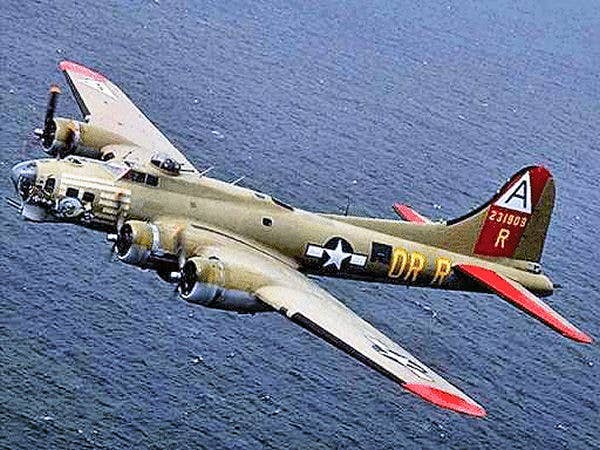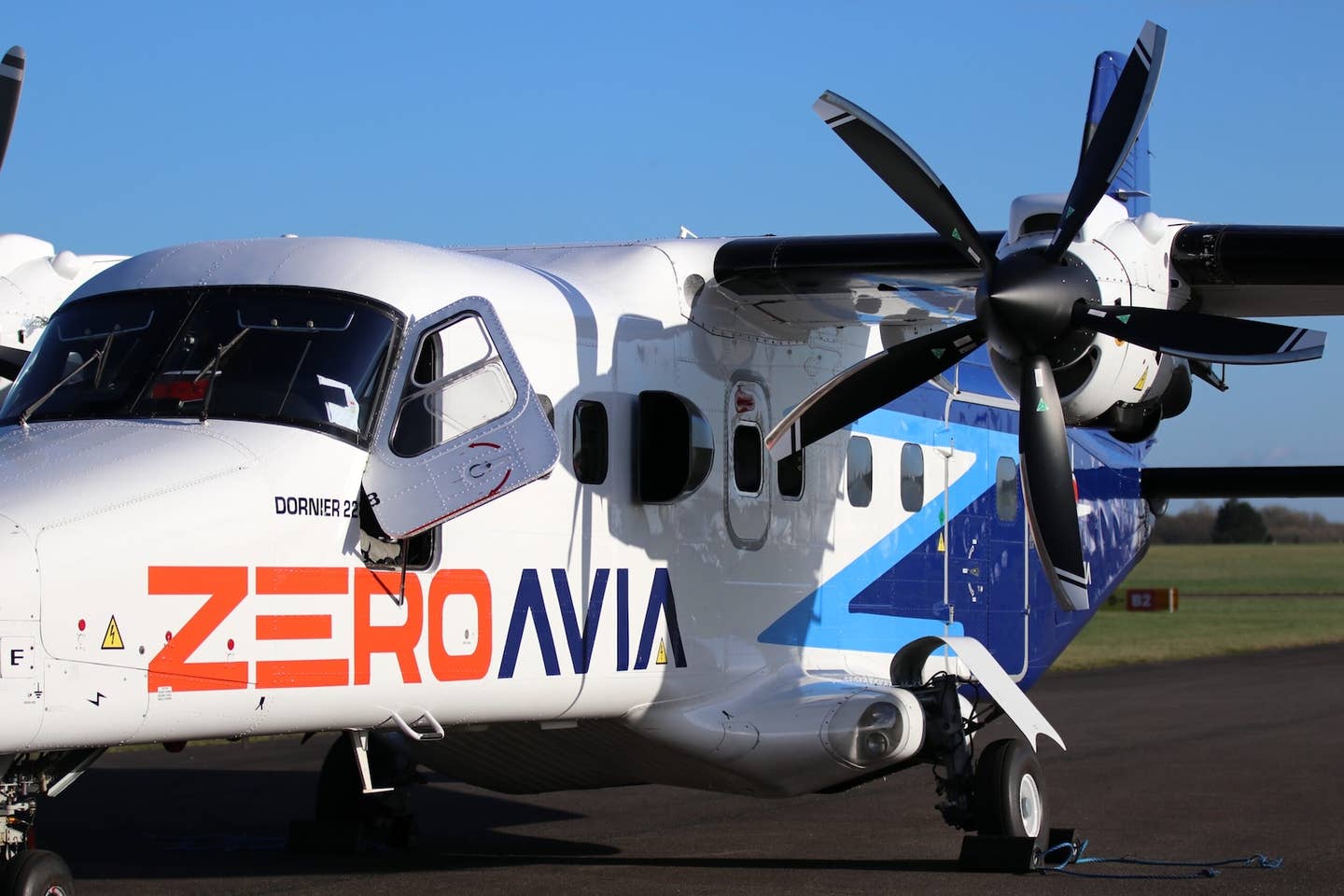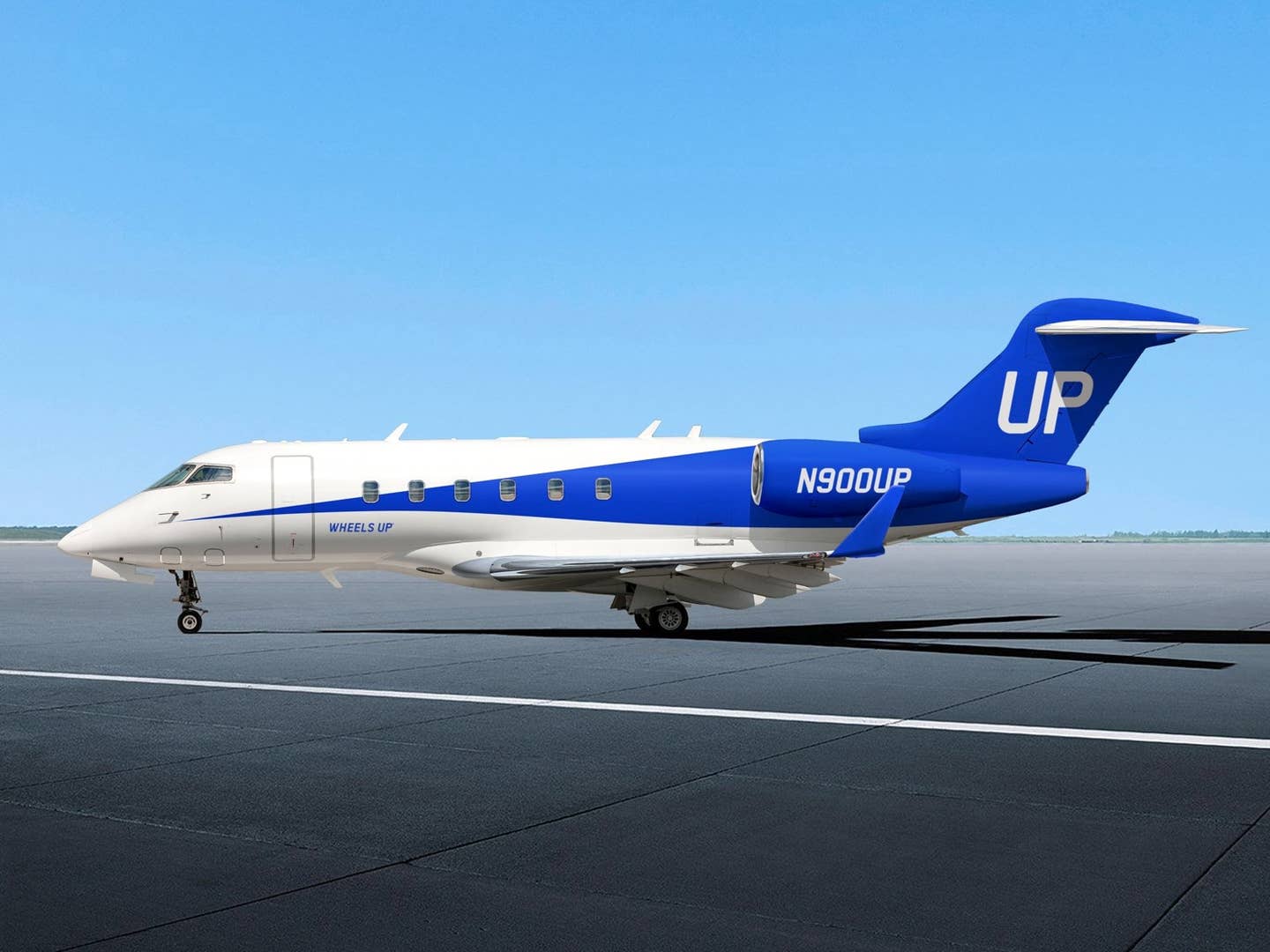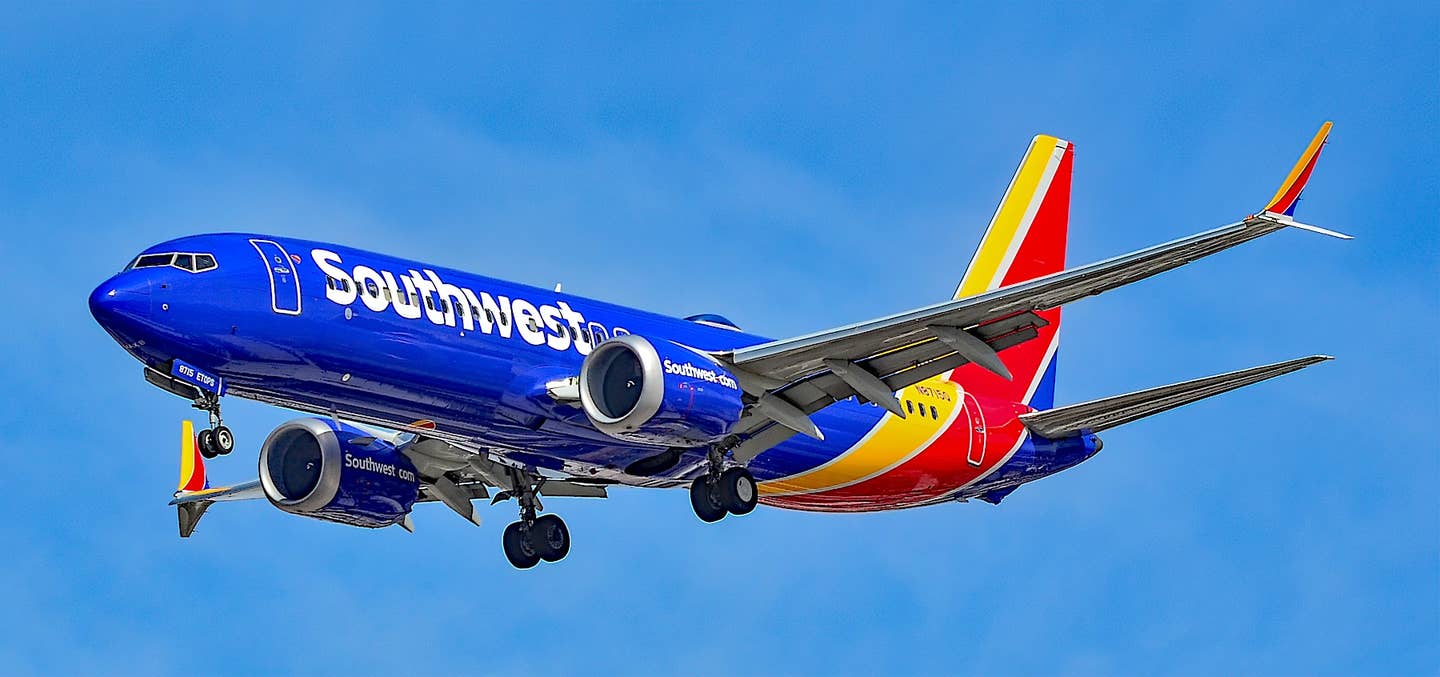NTSB Releases Prelim Info On Collings B-17 Crash
The NTSB has published its initial factual findings on the crash of the Collings Foundation B-17 Nine-O-Nine on Oct. 2. The Boeing B-17 crashed shortly after departure from Bradley International…

The NTSB has published its initial factual findings on the crash of the Collings Foundation B-17 Nine-O-Nine on Oct. 2. The Boeing B-17 crashed shortly after departure from Bradley International in Connecticut, killing seven of the 13 aboard, including pilot Ernest McCauley and copilot Michael Foster.
According to the NTSB’s initial report: “On the morning of the accident flight, an airport lineman at BDL assisted the loadmaster as he added 160 gallons of 100LL aviation fuel to the accident airplane. The lineman stated that the accident airplane was the first to be fueled with 100LL fuel that day. According to preliminary air traffic control (ATC) data provided by the FAA, shortly after takeoff, at 0950, one of the pilots reported to ATC that he wanted to return to the airport. At that time, the airplane was about 500 feet above ground level (agl) on the right crosswind leg of the airport traffic pattern for runway 6. The approach controller verified the request and asked if the pilot required any assistance, to which he replied no. The controller then asked for the reason for the return to the airport, and the pilot replied that the airplane had a ‘rough mag’ on the No. 4 engine. The controller then instructed the pilot to fly a right downwind leg for runway 6 and confirmed that the flight needed an immediate landing.”
Once handed back to the tower, the pilot was informed that the wind was calm and was cleared to landing on Runway 6. The pilot acknowledged and, according to the NTSB factual, the B-17 was just 300 feet above ground (AGL) on the midfield right downwind. “The tower controller asked about the airplane's progress to the runway and the pilot replied that they were ‘getting there.’”
The B-17 contacted approach lights 1000 feet short of the runway and made ground contact 500 feet before the threshold. “It then veered right off the runway before colliding with vehicles and a deicing fluid tank about 1100 ft right of the center of the runway threshold. The wreckage came to rest upright and the majority of the cabin, cockpit, and right wing were consumed by postimpact fire. The landing gear was extended and measurement of the left and right wing flap jackscrews corresponded to a flaps retracted setting,” the NTSB reports. Overall control continuity was established by NTSB investigators at the scene.
Examination of the left-side engines (Numbers 1 and 2) suggest they were still making power at the time of impact while the investigators found that the Number-3 engine’s propeller had one blade that was “impact damaged and near the feather position. The other two blades appeared in a position between low pitch and feather.” Moreover, the report confirms that “… all three propeller blades on the No. 4 engine appeared in the feather position.” The NTSB notes that both engines on the left wing and the inboard right-side engine had been overhauled at the previous annual, around 270 hours prior to the accident. The Number 4 engine had 1106 hours since major overhaul at the time of the crash.
In a statement on the Collings Foundation website, the organization says, "Our thoughts and prayers are with those who were on that flight and we will be forever grateful to the heroic efforts of the first responders at Bradley. The Collings Foundation flight team is fully cooperating with officials to determine the cause of the crash of the B-17 Flying Fortress and will comment further when details become known."
As we reported previously, the Collings Foundation Nine-O-Nine, registered N93012, entered service in April 1945. It was purchased and restored by the foundation in 1986 after having spent time as an air-sea rescue aircraft, nuclear test subject and fire bomber. N93012 did not see combat but was named and painted to honor the original Nine-O-Nine, which completed 140 combat missions without an abort or loss of a crewman and dropped an estimated 562,000 pounds of bombs in WWII. The first Nine-O-Nine flew with the U.S. Army Air Forces 91st Bomb Group’s 323rd Squadron. It was retired after the end of the war and scrapped.






